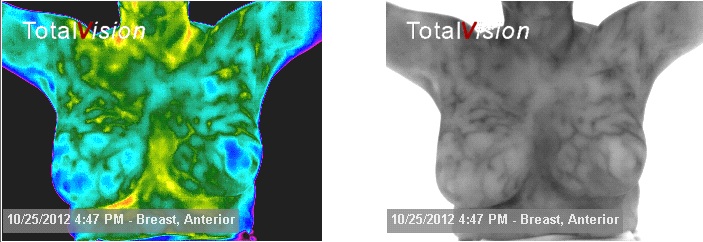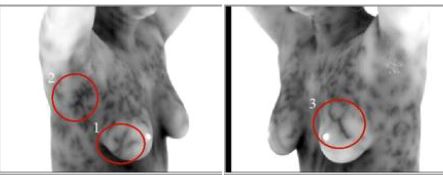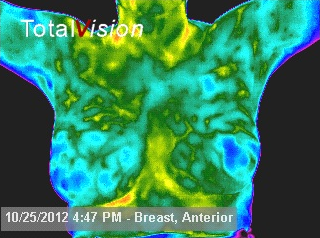Are Environmental Estrogens increasing your risk for Breast Cancer?
Content by Patricia Lucciardi, our Certified Clinical Thermographic Technician http://patricialuccardi.com/
Xeno-Estrogens: The 3 P’s
Current research states that 1 out of 7 women will get breast cancer in her lifetime. This alarming increase in cancers may be in part attributed to the steady and insidious exposure of our bodies to environmental toxins. The class of chemicals that affect breast tissue the most are called Xeno-Estrogens since they imitate and enhance estrogen activity. Xeno-estrogens are also known as the 3 P’s: Pesticides, Plastics, and Petroleum.
The Petroleum based products are the base for most of our hair care, body care and beauty care products such as shampoo and conditioners, lotions, and cosmetics. The Pesticides are seen in the non-organic meat, dairy, water supplies, and produce as well as in the insect repellents we use in our homes and on our bodies. The Plastic exposure comes from consuming beverages in plastic bottles and containers and foods in plastic packaging. Once such synthetic estrogen coming from plastic is called Bisphenol A (BPA) and has received some attention in recent years.
A new survey of scientific evidence conducted by researchers working with the Breast Cancer Fund makes a persuasive case that the industrialized world’s rising breast cancer rate may stem from exposure to radiation and chemicals in plastics, pesticides, cosmetics and other common household goods.
Endocrine Disrupting Chemicals Promote Cancer
Xeno-Estrogens, also known as Endocrine disrupting chemicals or EDCs, have gained particular attention as a potential breast cancer risk. EDCs are chemicals that mimic or interfere with the body’s natural system of hormones. The reason why EDCs are of such concern for breast cancer is because hormones have been shown to affect breast cancer risk. Based on what we know about how breast cancer develops, chemicals that behave like hormones can increase susceptibility to the disease in two ways: 1. They can feed a breast tumor that’s already present or, 2. They can change the composition of the breast, leaving it more vulnerable to carcinogens.
Hormone Exposures from Medications
Another source of excess estrogens and hormones that may affect and increase risk for Breast Cancer come from taking hormones in the form of Birth Control Pills, Birth Control IUD’s, Hormone Replacement therapy, and Fertility treatments. Although these methods have their place in medicine, the use of them must be considered and measured against your risk factors and family history.
Xeno-Estrogens detected on Thermography
Synthetic Estrogens and hormones affect breast and fatty tissue with distinct heat patterns that can only be seen on Infrared Thermal Imaging. Only thermography can provide you with a visual image of these distinct heat patterns and assess the severity of this syndrome. Typically, these estrogens show up as leopard spots or mottling in thermographic images as seen below.


Thermography is radiation-free, painless, safe, preventive screening regardless of age, size, density or nursing. It uses infrared heat to detect disease or possible tumors five to eight years before a diagnosis.
Every woman should know the condition of her breast. Let us help you detox and restore breast health naturally. Ask about our next Thermography Screening day.
https://www.niwcenterofhope.org/contact/

